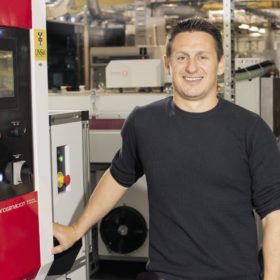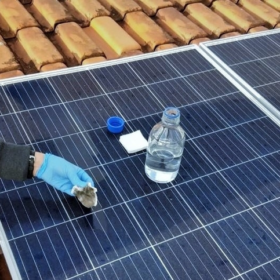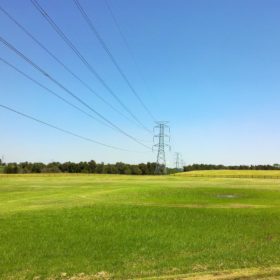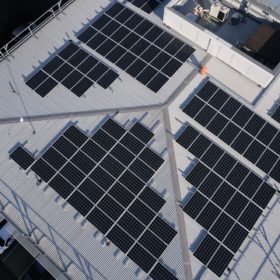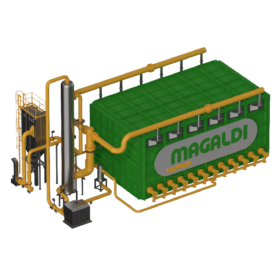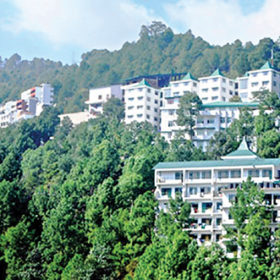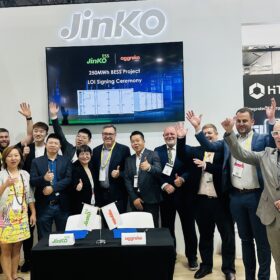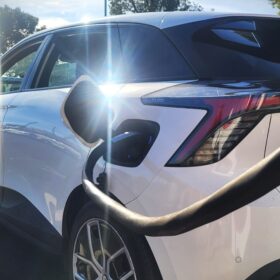Saturday read: Cloud looms over PV’s silver lining
Should heterojunction solar technologies be temporarily shelved? Could copper plating replace screen-printed silver conductive surfaces in cells? Why are tandem cells a likely successor to PERC? Brett Hallam recently sat down with Natalie Filatoff in Sydney to explain the findings of a new study by the University of New South Wales (UNSW) that sought to answer these controversial questions.
Solar panels host microbes that may be used for biotech applications
Scientists in Brazil have found that photovoltaic modules may be a repository of specialised microbes in tropical regions. According to them, these micro-organisms may be used in sunscreens, pigments for processed foods, chemicals, textiles, pharmaceuticals, and cosmetics.
Australian first with 3 GW Central-West Orana REZ formally declared
Australia’s first coordinated renewable energy zone is to be built in the New South Wales central west with the state government revealing the Central-West Orana REZ, which will deliver at least 3 GW of renewable energy into the grid, has been formally declared.
Gallium arsenide nanowire solar cell with 7.7% efficiency
Norwegian scientists have developed a gallium arsenide (GaAs) nanowire solar cell that can be used as a top cell in a dual tandem cell with a bottom silicon cell. The device is claimed to be the most efficient single-junction GaAs nanowire solar cell grown on a silicon substrate so far.
Melbourne could meet 74% of its electricity needs with solar
Buildings in the City of Melbourne could provide 74% of their own electricity needs if solar technology is fully integrated into roofs, walls and windows, new research from the ARC Centre of Excellence in Exciton Science has found.
Zinc-bromide battery company Gelion to deliver 100 MWh of storage in PNG partnership
Sydney-based zinc-bromide battery technology company Gelion will deliver 100 MWh of energy storage to Mayur Renewables for its clean energy projects in Papua New Guinea under a new deal.
Long-duration thermal storage system based on silica sand
Developed by Italian dry bottom ash handling system provider Magaldi Power, the system produces green thermal energy — steam or hot air — which can be used directly in industrial plants or for the generation of electricity using steam turbines. The system consists of a blower, a fluidisation air blowing system, a fluidisation air suction system, an air filter and fan, an air pre-heater, and an integrated thermal energy storage module. Silica sands are the system’s storage media.
Could the world’s largest coal exporting port, Newcastle, be home to the next green hydrogen hub?
Following a funding announcement from the Australian Renewable Energy Agency (ARENA), a $3 million feasibility study led by Port of Newcastle and Macquarie’s Green Investment Group is set to determine whether Newcastle, the world’s largest coal exporting port, has the potential for a green hydrogen hub.
Communities step up when the Coalition won’t
Embarrassing Australia on the world stage is one of Prime Minister Scott Morrison’s favourite marketing ploys. But while the federal government continues to fail its constituents, particularly those in rural communities, those rural communities themselves are taking the energy transition into their own hands, along with the ownership of their own solar generation.
Mathematical model to predict rooftop PV system yield
Scientists in India developed a mathematical model to predict the output of solar cells and modules in the field. The model was developed and tested using both sun simulator and actual installed modules. The scientists state that their model can be applied to a PV installation anywhere in the world, and that by taking into account module degradation over time their forecasts can be as much as 26% more accurate than existing energy yield models.
